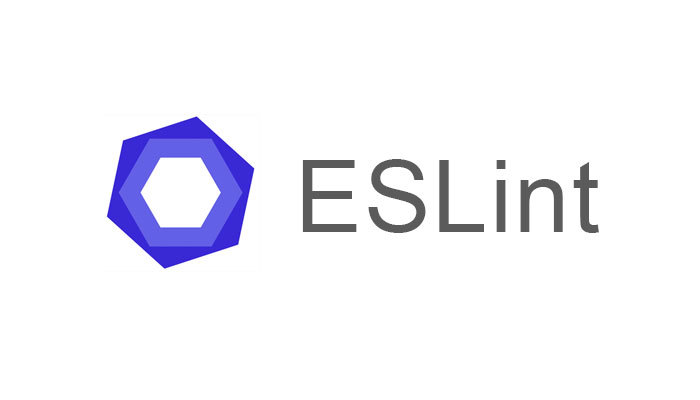 ESLint logo
ESLint logoUnderstanding ESLint config
I like ESLint. But I don’t quite understand how the setup works. Let’s learn it!
Installation
Getting Started with ESLint tells us to go get started with:
# Install eslint
yarn add -D eslint
# Set up config
yarn run eslint --initThis will prompt me with a little set of questions. I’ll mark my suggested defaults with italic.
How would you like to use ESLint?
- To check syntax only
- To check syntax and find problems
- To check syntax, find problems, and enforce code style
Reasoning: Consistency is king!
What type of modules does your project use?
- JavaScript modules (import/export)
- CommonJS (require/exports)
- None of these
Depends on my project.
Which framework does your project use?
- React
- Vue.js
- None of these
Depends on my project.
Does your project use TypeScript? No / Y
Depends on my project.
Where does your code run?
- Browser
- Node
Depends on my project.
How would you like to define a style for your project?
- Use a popular style guide
- Answer questions about your style
- Inspect your JavaScript file(s)
Reasoning: Using a popular lint config usually has more sensible defaults than what I’ll come up with myself.
Which style guide do you want to follow?
- Airbnb: https://github.com/airbnb/javascript
- Standard: https://github.com/standard/standard
- Google: https://github.com/google/eslint-config-google
It’s just what I’m used to.
What format do you want your config file to be in?
- JavaScript
- YAML
- JSON
Javascript allows us to do some extra imports or logic if need be.
This will install the needed depencies. If I look at my new package.json, I’ll see some new eslint-* packages in my devDepencencies.
Running ESLint
I can run a check with:
yarn run eslint .And fix (some problems) with
yarn run eslint . --fixUnderstanding the config
Let’s go through each part of my newly generated .eslintrc.js:
env: {
browser: true,
es2020: true,
},The env section tells eslint something about the environment I’m in. browser implies I should be able to use window (available in browser), rather than fs (available in node). es2020 declares that I should be able to use any part of the es2020 javascript standard.
extends: [
'plugin:react/recommended',
'airbnb',
],Extends allows us to point to a different eslint configuration, and use that as a “basis”. The current eslint config will take presendence over any configuration it extends.
I can point to packages such as eslint-config-airbnb, or with a relative path to a different config file of my own. That allows me to split up rules and settings in different files, which can be useful if I want to reuse my rules accross different repositories.
Note: When pointing to packages, I can omit eslint-config, and only write airbnb as the extended package string.
parserOptions: {
ecmaFeatures: {
jsx: true,
},
ecmaVersion: 11,
sourceType: 'module',
},parserOptions tells eslint about ECMA options: if we use import vs require in imports, which version and features we got.
plugins: [
'react',
],plugins can preprocess files, or add extra rules to choose from.
Plugins: processor: to generate javascript to be linted. An example would could be javascript contained within .md files.
The plugins job would then be to extract javascript from the files before eslint lints them.
Plugins: rules: react in the config above adds these rule options. By doing so, we do not enforce any rules, we just add them to the set to select from.
We’ll have to add them to extends or rules for us to enforce any of them.
rules: {
// Your rules go here
},I can override existing rules, or add new rules in rules. eslint.org/docs/rules provides a list of available rules, and reasoning and examples behind each of them.
Other configuration options
- Ignore files by specifying them in .eslintignore.
- Disallow warnings with
yarn run eslint . --max-warnings=0 - Configurate for other file endings (e.g. for
.md) by specifying processor
Related links
- eslint.org/docs/rules: List of rules, examples and reasoning.
- Airbnb: javascript: Preferences and arguments for Javascript code style.
- eslint-config-airbnb: My go-to eslint config package.